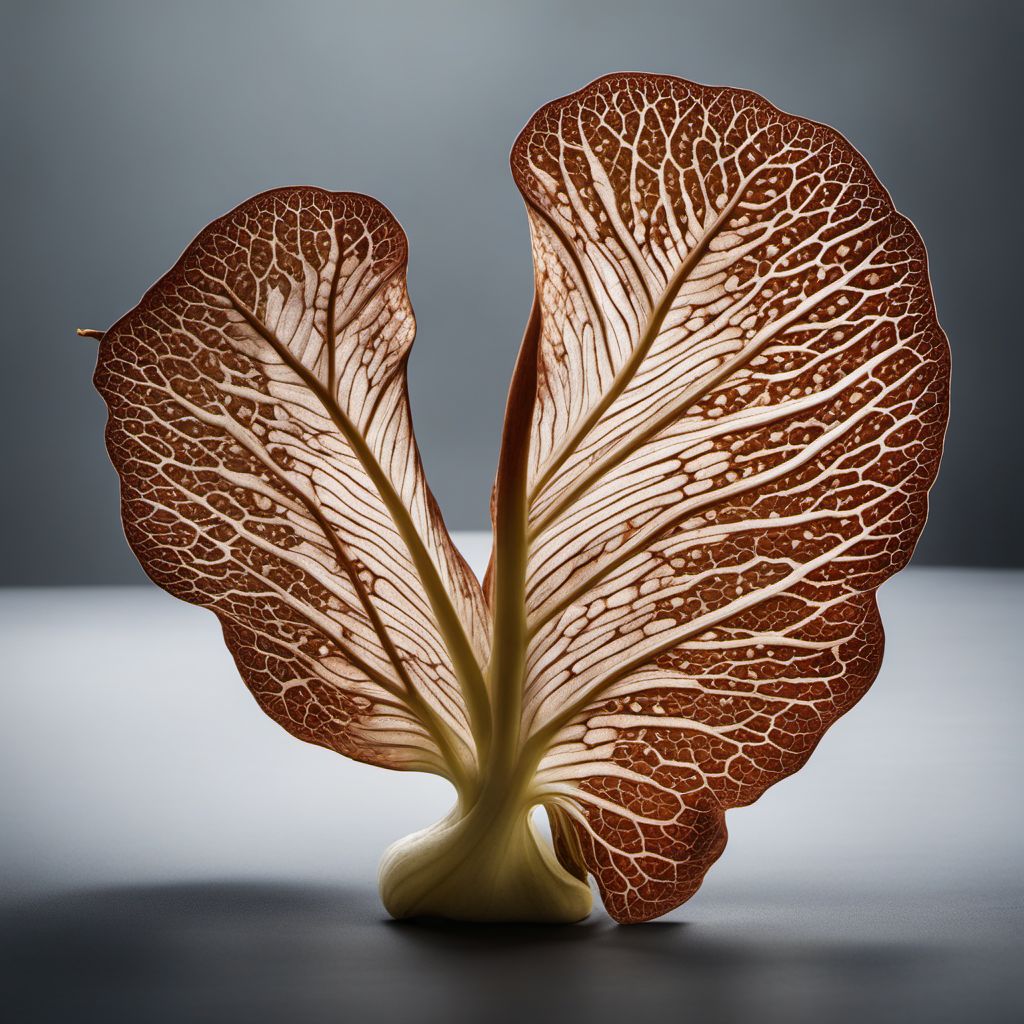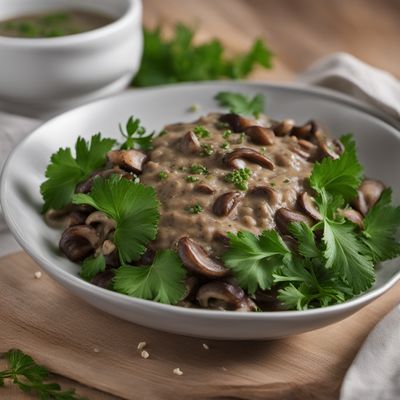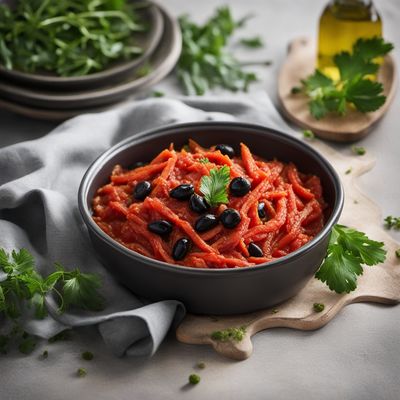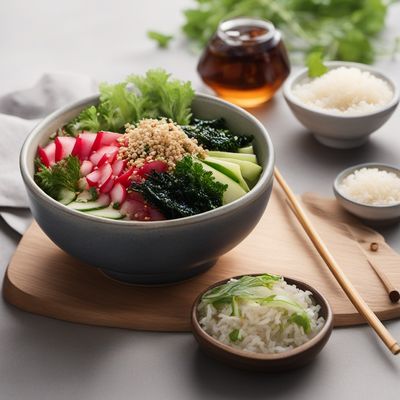
Ingredient
Dasheen taros
The Versatile Root: Dasheen Taros
Dasheen taros have a starchy texture and a mildly sweet, nutty flavor. They are typically large and elongated, with a brown, hairy skin and white or purple flesh. When cooked, they become tender and creamy, making them perfect for soups, stews, and side dishes.
Origins and history
Dasheen taros have a long history and are believed to have originated in Southeast Asia. They have been cultivated for thousands of years and are an important staple in many tropical and subtropical regions. They are particularly popular in Caribbean and African cuisines.
Nutritional information
Dasheen taros are a good source of dietary fiber, vitamin C, and potassium. They are also low in calories and fat.
Allergens
Dasheen taros may cause allergic reactions in some individuals, particularly those who are sensitive to other root vegetables like potatoes or yams.
How to select
When selecting dasheen taros, look for firm, unblemished roots with smooth skin. Avoid any that have soft spots, mold, or signs of decay. The skin should be intact and free from cuts or bruises. Choose smaller taros for a more tender texture.
Storage recommendations
To store dasheen taros, keep them in a cool, dry place away from direct sunlight. They can be stored for up to two weeks at room temperature. If you want to extend their shelf life, you can wrap them in a paper towel and place them in a perforated plastic bag in the refrigerator.
How to produce
Dasheen taros can be grown in tropical or subtropical regions with warm temperatures and high humidity. They require well-drained soil and regular watering. Plant the taro corms in a sunny or partially shaded area, and harvest them when the leaves start to turn yellow and wither.
Preparation tips
Dasheen taros can be boiled, steamed, roasted, or fried. They can be used as a substitute for potatoes in various recipes, such as mashed taro, taro fries, or taro chips. They can also be added to soups, stews, curries, or stir-fries for added flavor and texture.
Substitutions
Yams or sweet potatoes can be used as substitutes for dasheen taros, although they have a slightly different taste and texture. Other root vegetables like potatoes or turnips can also be used as alternatives.
Culinary uses
Dasheen taros are commonly used in Caribbean and African cuisines. They are often used in dishes like callaloo, taro dumplings, or taro cakes. They can also be used in desserts, such as taro ice cream or taro pudding.
Availability
Dasheen taros are commonly available in tropical and subtropical regions, including the Caribbean, Africa, Southeast Asia, and the Pacific Islands.
More ingredients from this category
Recipes using Dasheen taros

Pohorski žganci with Mushroom Sauce
Slovenian Delight: Fluffy Pohorski žganci with Savory Mushroom Sauce

Collorelle alla Siciliana
Sicilian Delight: Collorelle Pasta with a Burst of Mediterranean Flavors

Grenadian Coconut Oil Down
Tropical Delight: Grenadian Coconut Oil Down

Shirasu Don - Japanese Delight
Oceanic Delight: Shirasu Don - A Taste of Japan's Coastal Cuisine

Sicilian Pizzolo with a Twist
Mediterranean Delight: Sicilian Pizzolo with a Burst of Flavors

Taiwanese-style Falafel
Crispy Taro Falafel with Spicy Peanut Sauce

Daheen Delight
Caribbean Comfort: Daheen Delight
